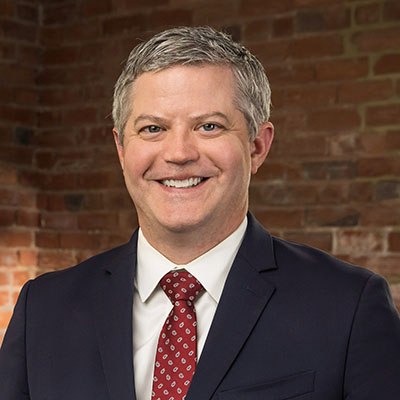“Share the Road” – the slogan is on street signs and bumper stickers – it’s everywhere. But what does it mean? It means all of us on the roads – cars, trucks, motorcycles, bikes and pedestrians – have to respect one another and respect the rules designed to keep us safe.
When we see this slogan we usually think about cars sharing the road with bicyclists and runners. There are laws governing both how motorists must drive with bicyclists and pedestrians on the roadways and how cyclists and pedestrians travel on Virginia’s roads.
Bicycle Basics
On highways, bicyclists are treated the same as motorists and thus have the same rights and duties that apply to motorists.[1] They must drive on the right side of the road with the flow of traffic.[2] But when riding at less than the normal speed of traffic, they must ride as close as safely possible to the right curb or edge of the highway.[3] When cars pass bicycles, they must do so at a reasonable speed, with at least three feet between the car and the bike, and cannot proceed back to the right side of the highway until having safely cleared the bicyclist.[4]
Bicyclists are allowed to pass cars in front of them as well but only when it is safe to do so. They can pass on the right or left and can stay in the same lane, change lanes, or ride off the road if necessary to safely pass.[5] Of course, passing a car on the right can be dangerous if the motorist does not see you and attempts a right turn.
Bicyclists must also obey all traffic signs, signals, lights and markings just like motorists. [6] They must come to a full and complete stop at stop signs and for red lights.[7] No more than two people can ride side by side on highways. When doing so, bicyclists cannot impede the flow of traffic and need to move into single file when a car approaches from the rear.[8]
Reducing Risks as a Pedestrian
Runners, on the other hand, should run and walk on the left, facing traffic.[9] This is for the pedestrian’s safety. Motorists can see a person running toward them much more easily than one walking with traffic, and running so that you can see a car approaching is much safer than having cars at your back as it allows you to move out of the way if a driver is inattentive.
In general, cars must yield the right of way to pedestrians at intersections – particularly those with crosswalks. However, this right is not absolute. Pedestrians also have a duty to watch for cars, other people, and bikes, and they must not enter or cross an intersection without regard to approaching traffic. [10]
Everyone has an obligation to “share the road.” By following the rules of the road and respecting one another, we can all travel safely.[11]
[1] Va. Code Ann. §46.2-800.
[2] Va. Code Ann. §46.2-802.
[3] Va. Code Ann. §46.2-905.
[4] Va. Code Ann. §46.2-839.
[5] Va. Code Ann. §46.2-907.
[6] Va. Code Ann. §46.2-800.
[7] Under certain circumstances a cyclist can proceed through a solid red light. (CITE 833?) . To do so, they must first come to a full and complete stop at the intersection and remain stopped for two complete cycles of the traffic light or for two minutes (whichever is shorter), treat the traffic control device sa a stop sign – thus determining it is safe to proceed before entering the intersection. And finally, they must yield the right of way to the driver of any vehicle approaching from either direction.
[8] Va. Code Ann. §46.2-905.
[9] Va. Code Ann. §46.2-928.
[10] Va. Code Ann. §46.2-924.
[11] For more information see www.shareroads.org and http://www.virginiadot.org/programs/bikeped/default.asp.




